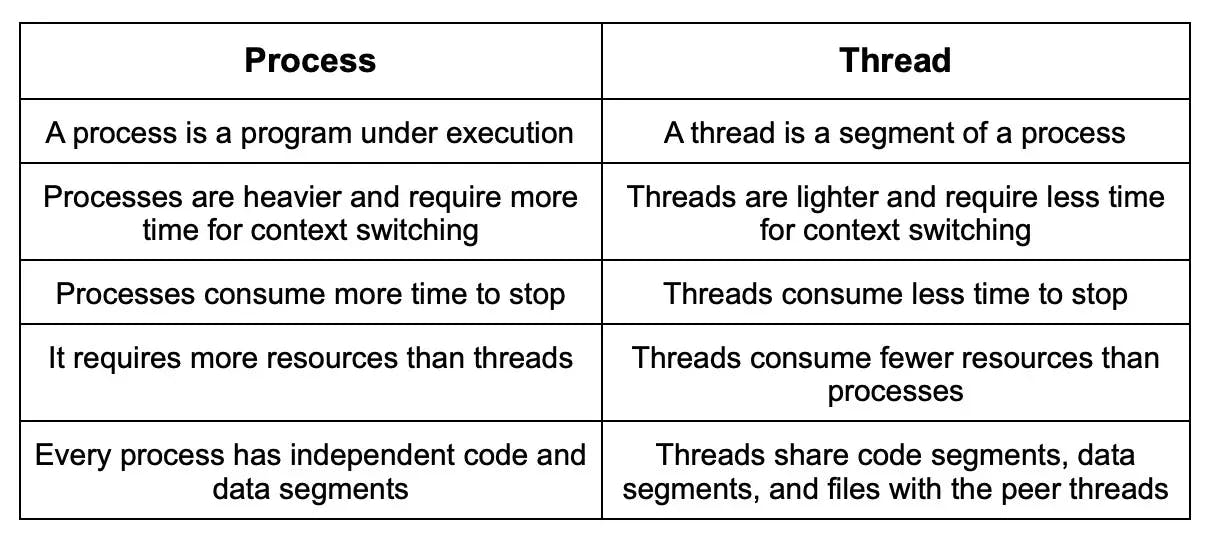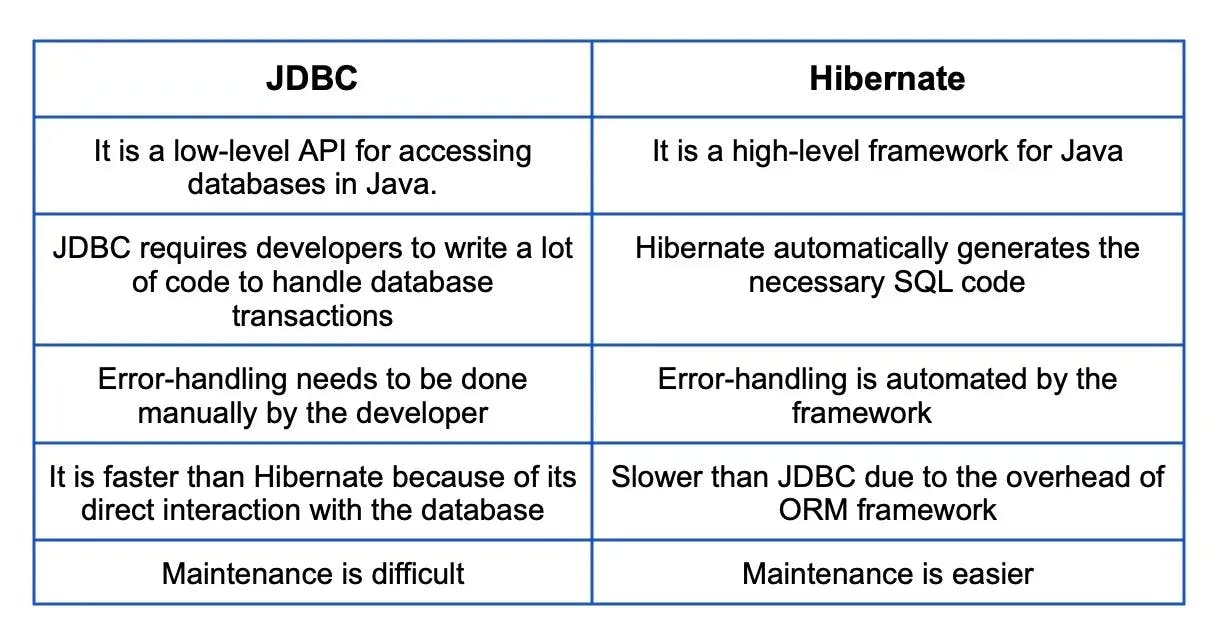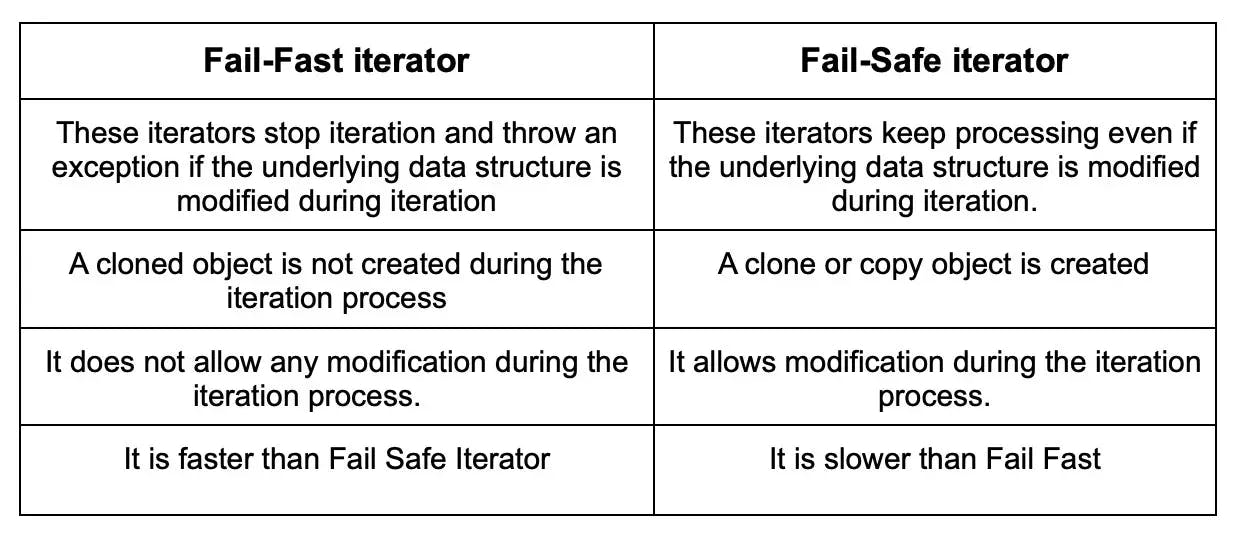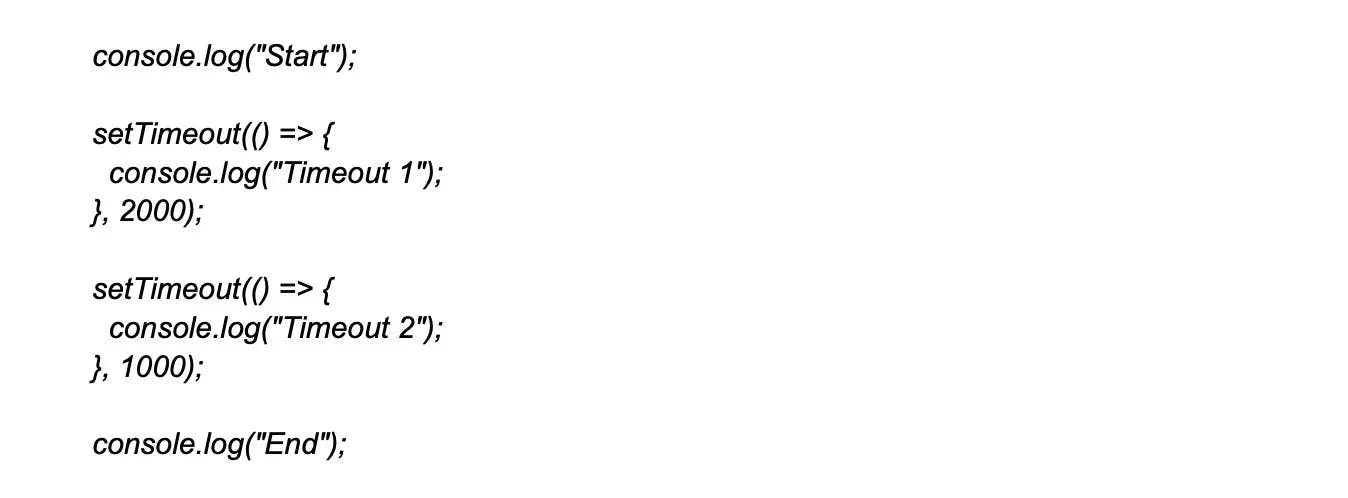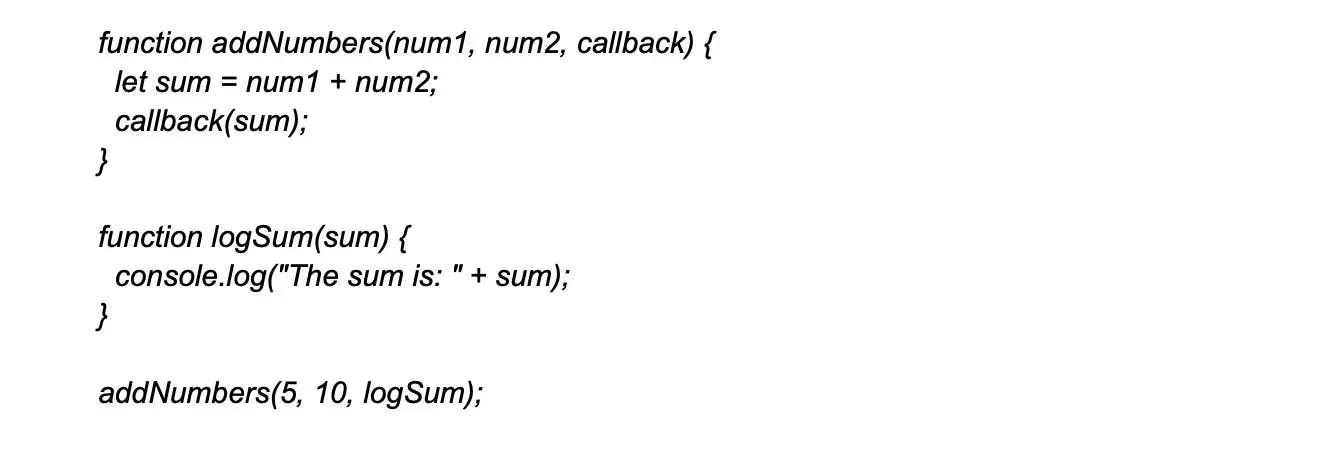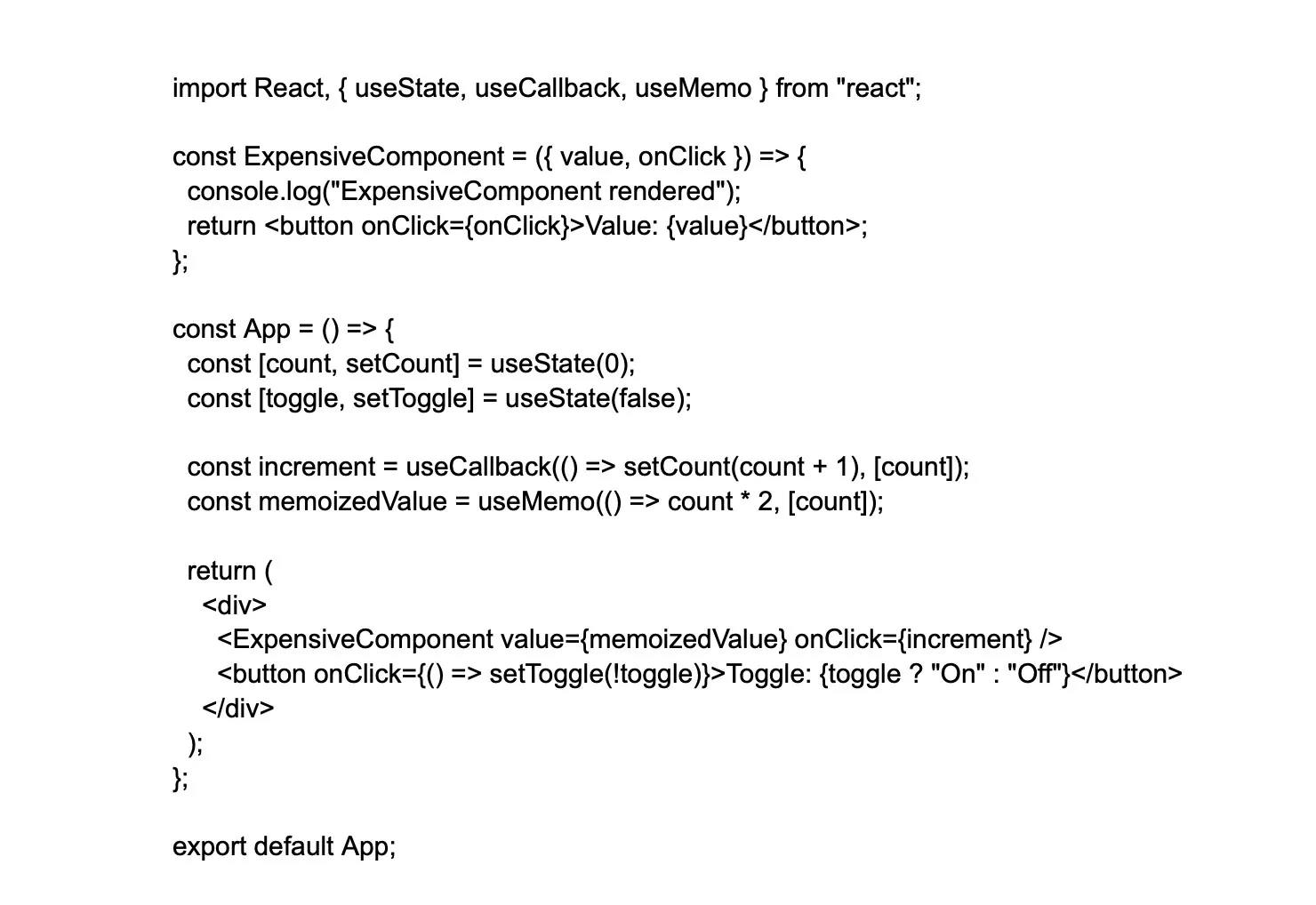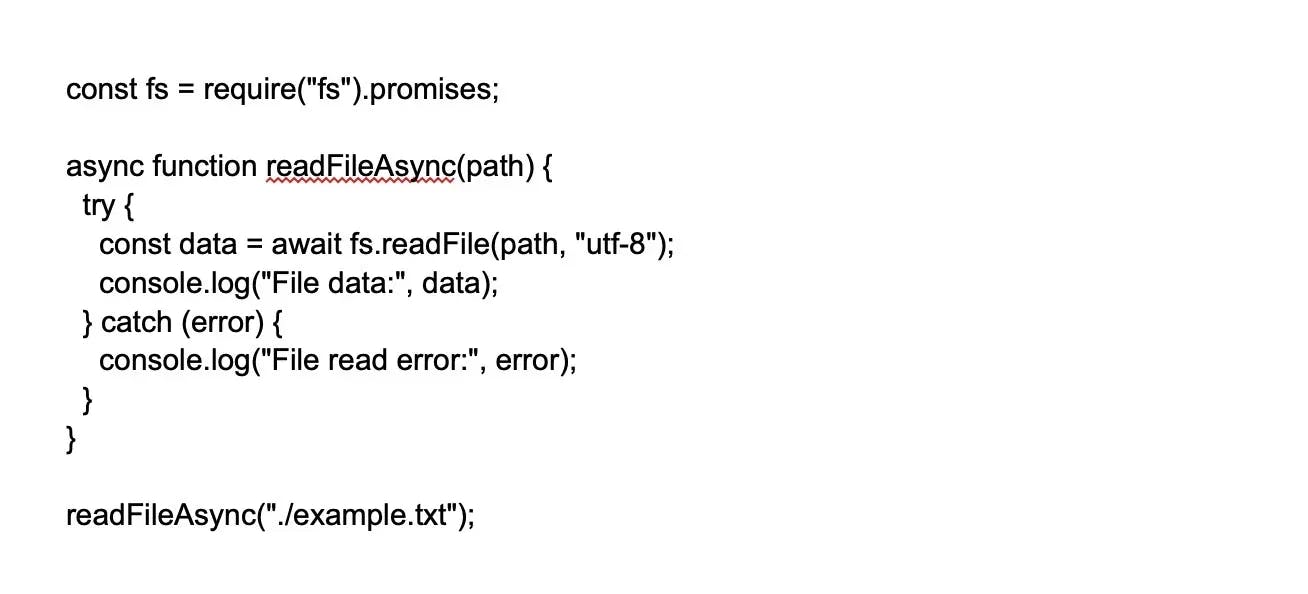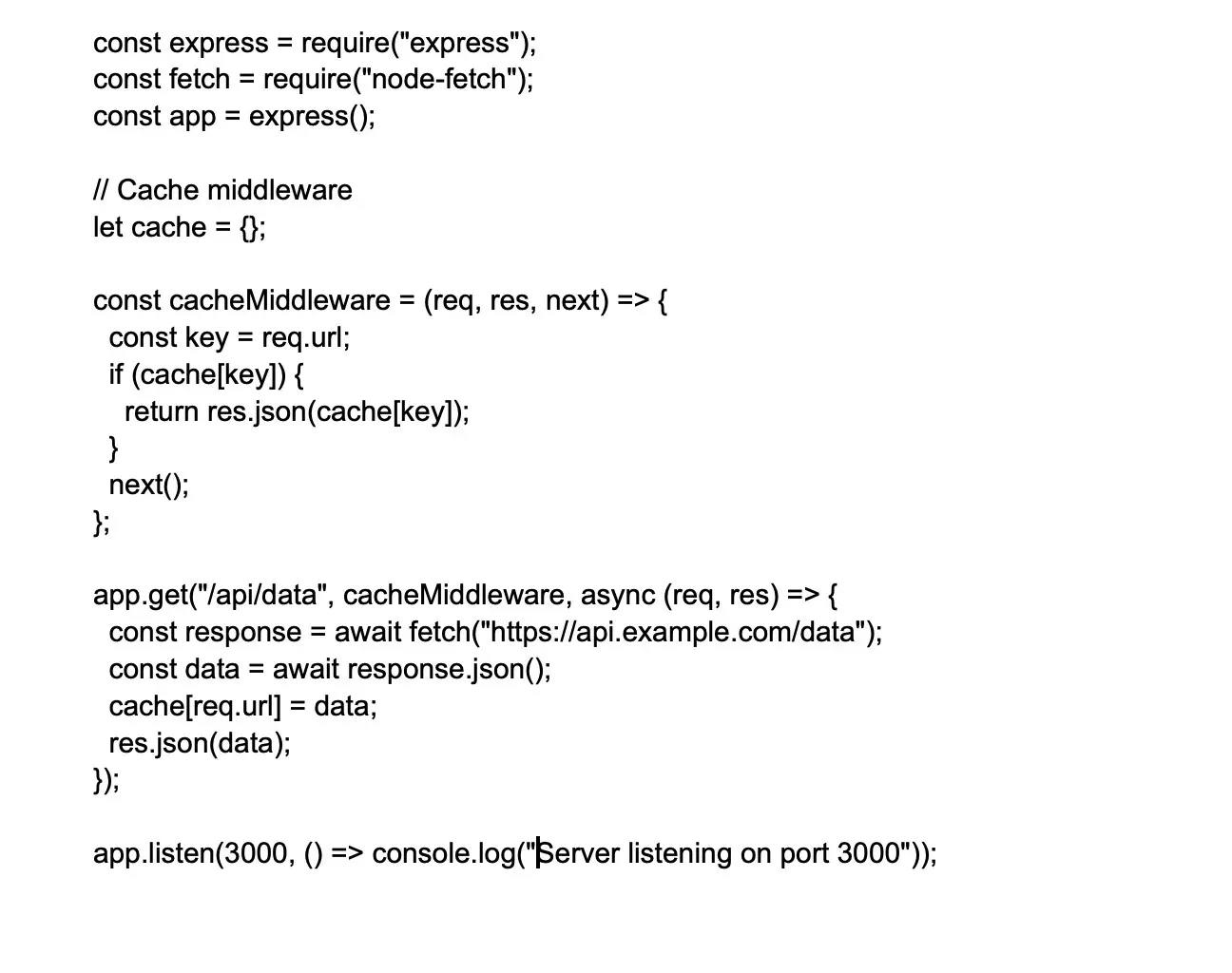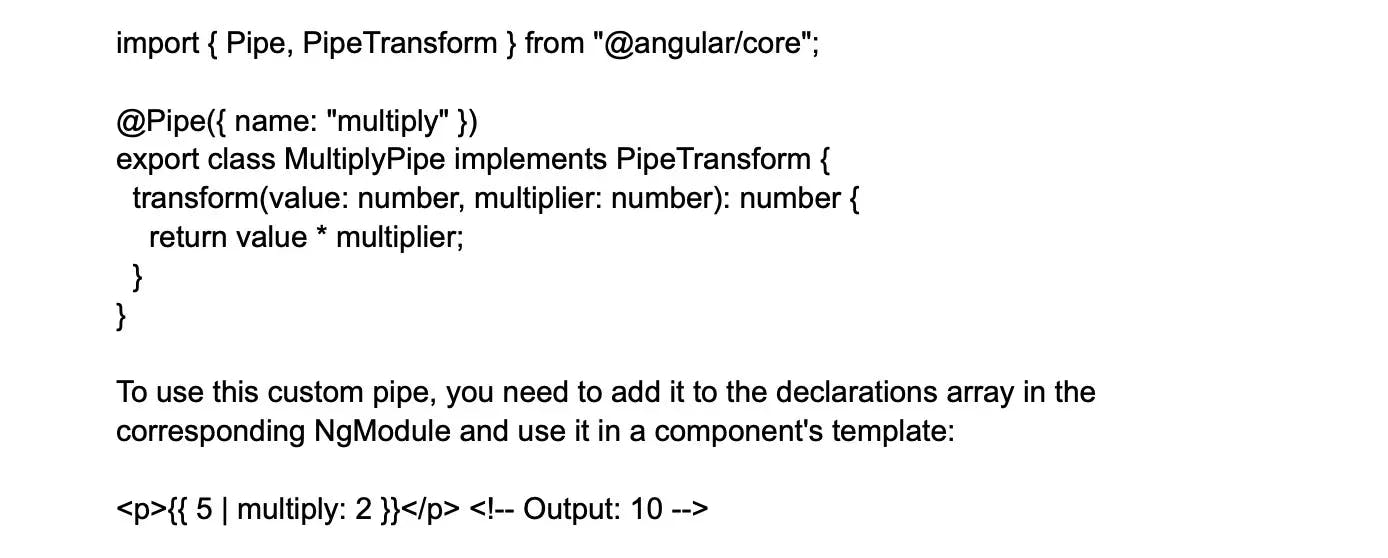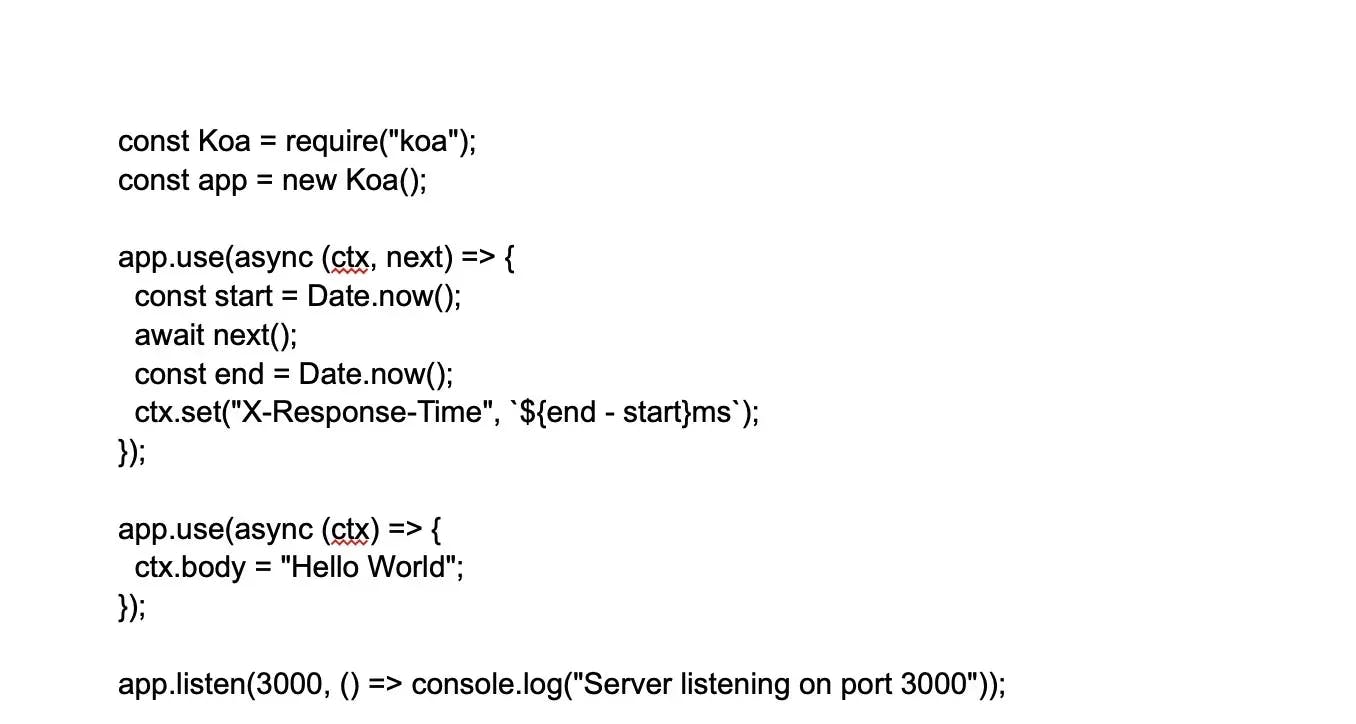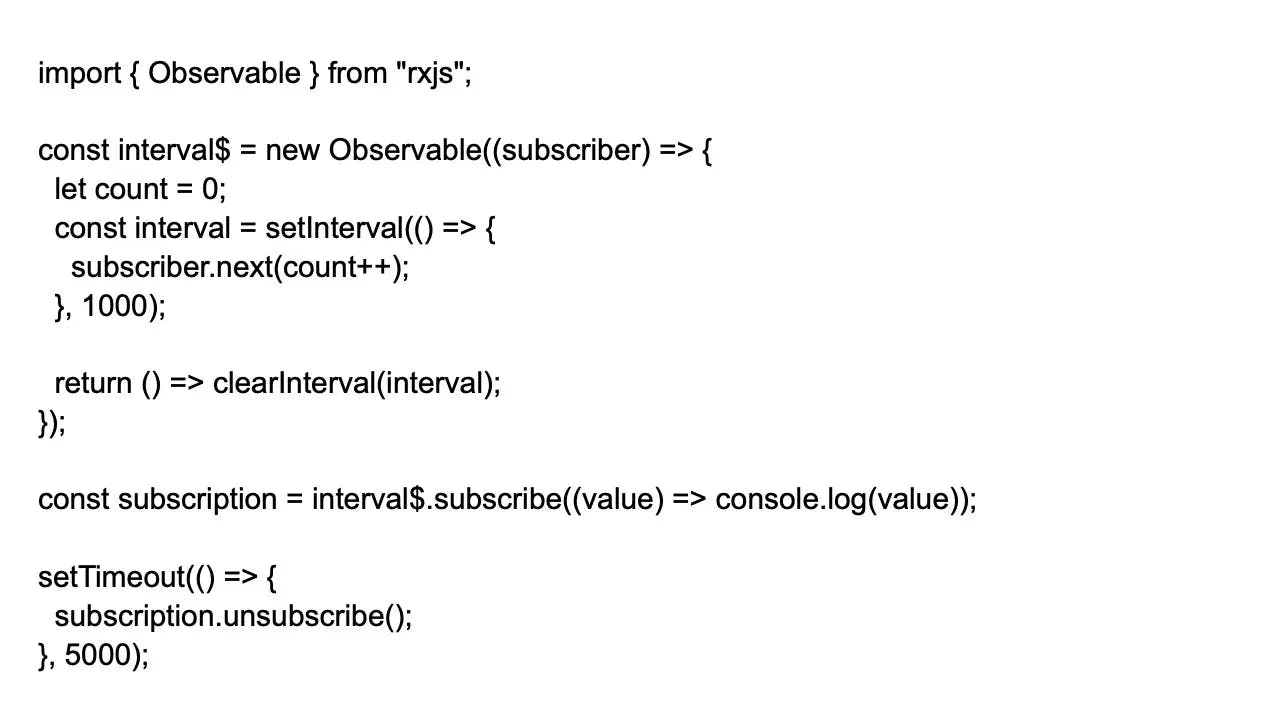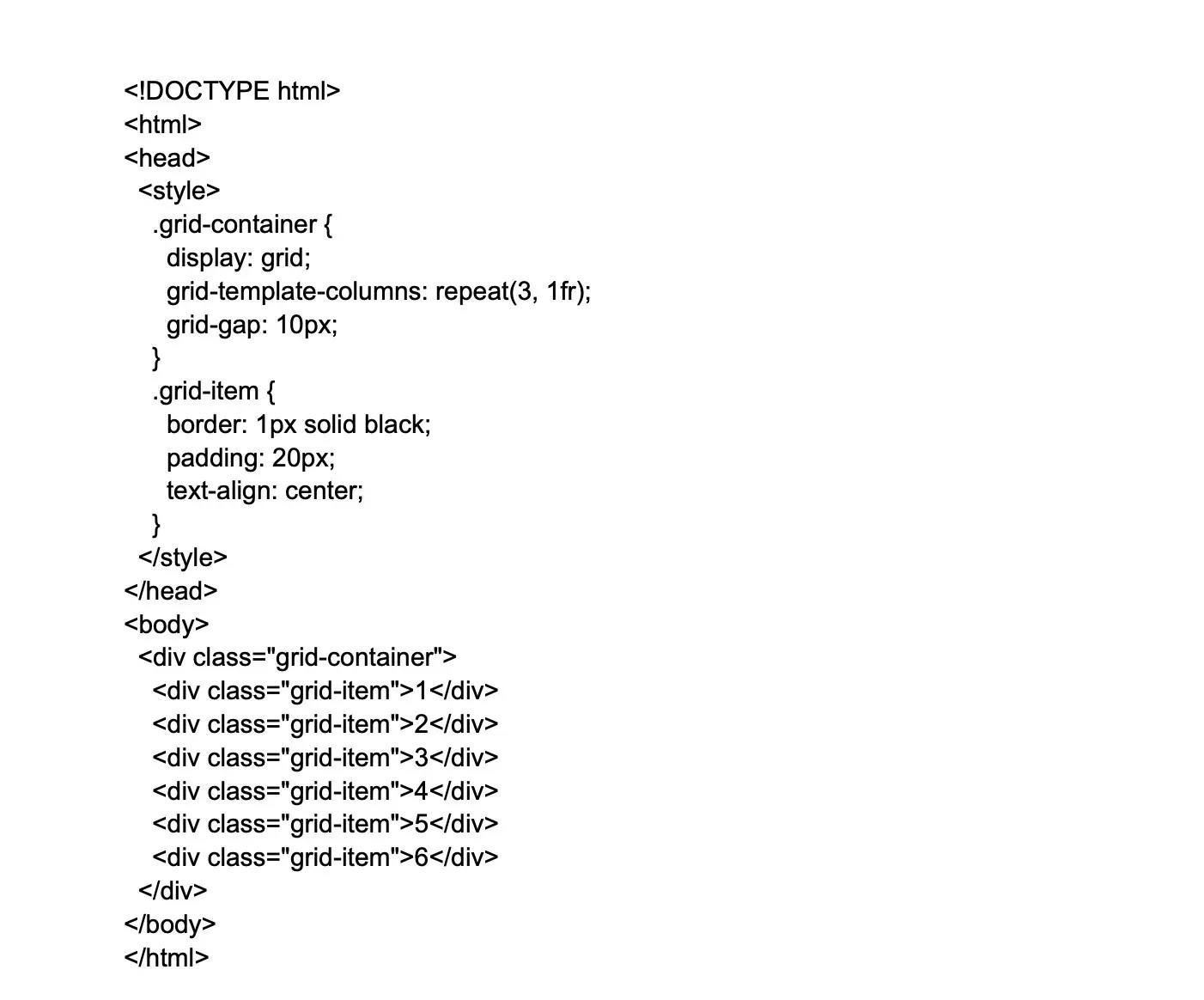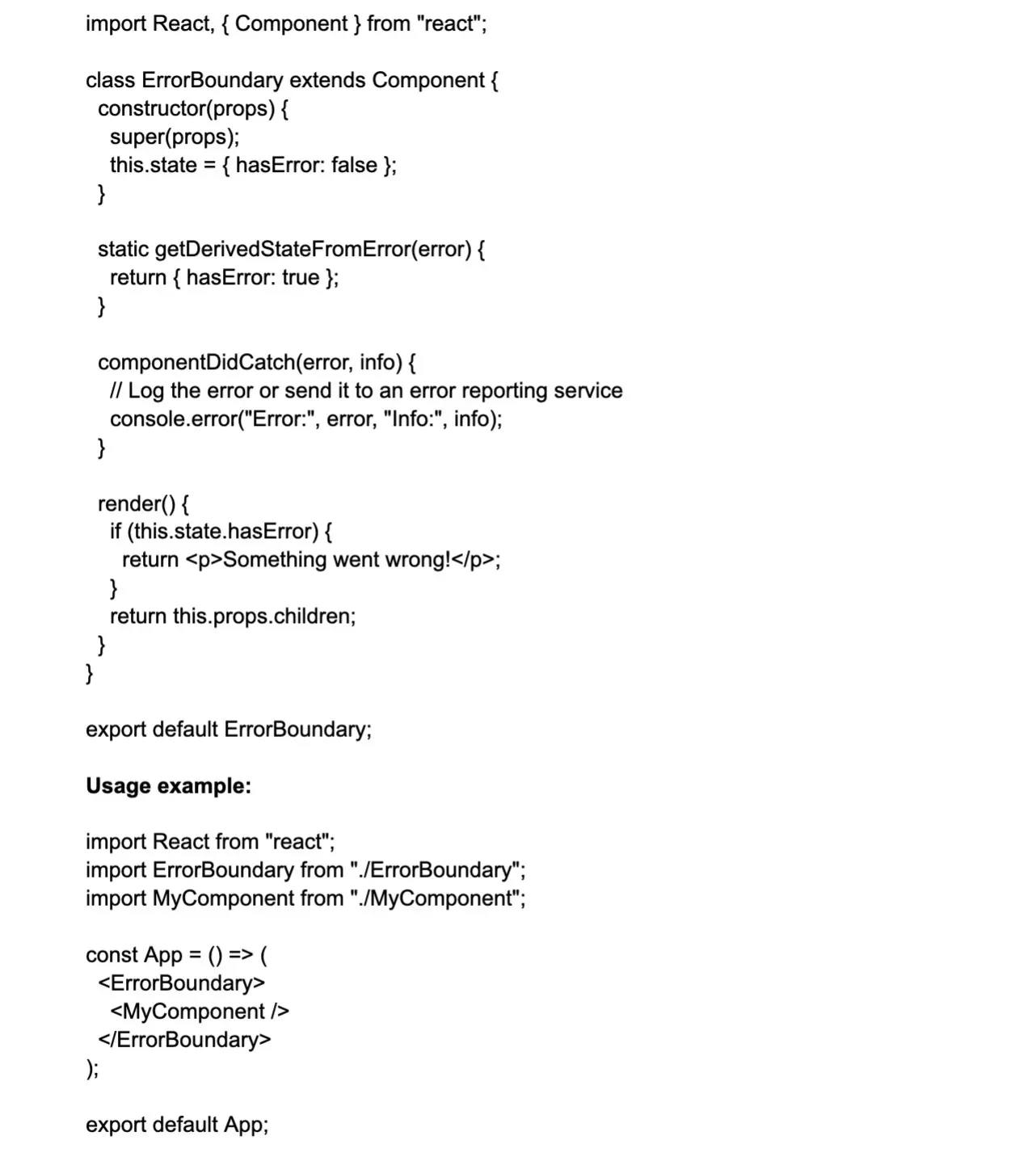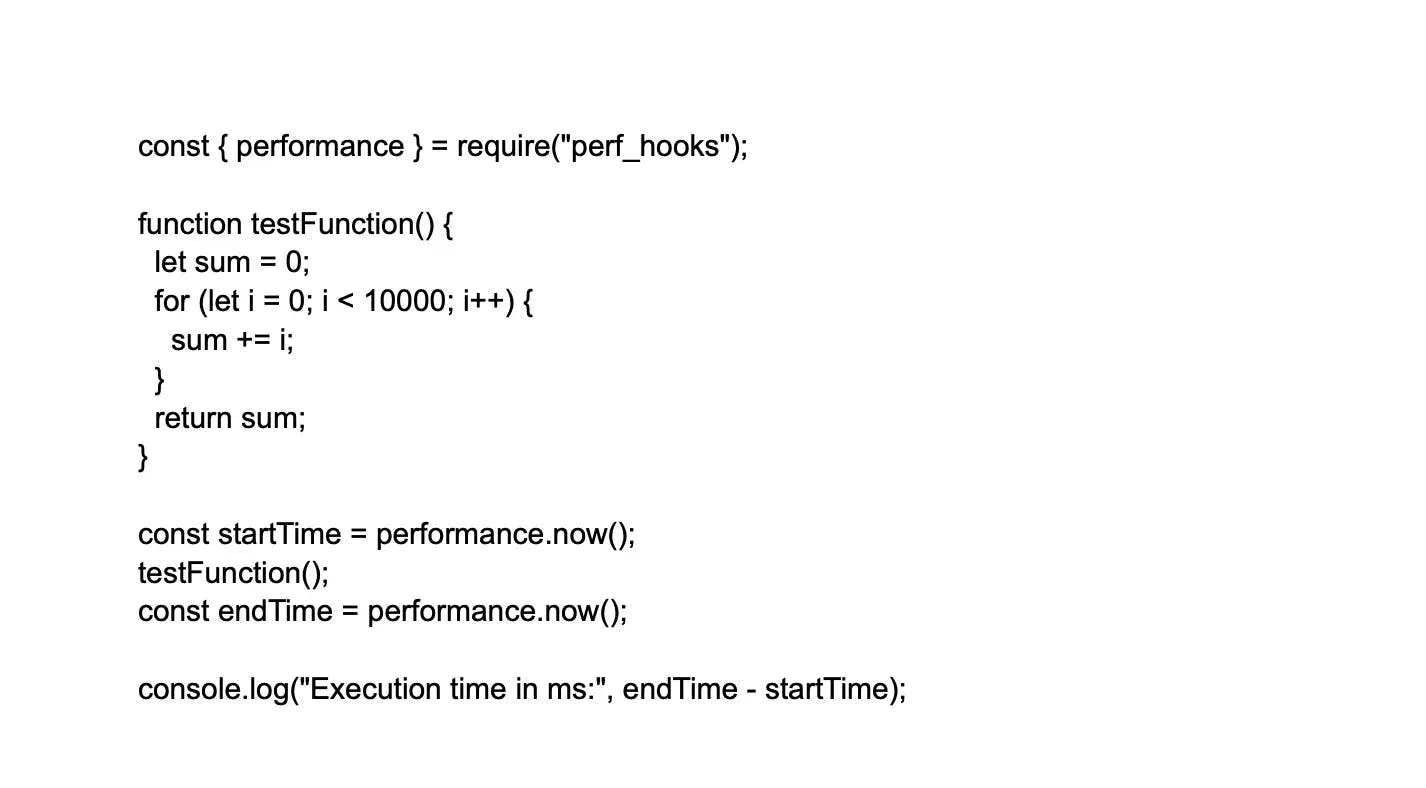Latest 100 senior full-stack developer interview questions and answers 2024
Hire Full Stack developers
Full Stack
Basic Interview Q&A
1. What is the difference between responsive and adaptive design?
Responsive and adaptive design is used to create websites that work smoothly across multiple devices. Both design techniques provide a better user interface but have many differences.
A responsive design technique that involves designing a website layout adjusts that can adjust to any screen size. This means the website will look and function well on any device, whether a large desktop computer or a mobile phone. Responsive design relies on fluid grids to resize and rearrange the layout based on percentage values.
On the other hand, adaptive design is a design approach where a website is designed to have multiple layouts. Each layout is optimized for a specific screen size or device type. When users visit the website, it detects their device and displays the appropriate layout. Adaptive design uses fixed layout sizes for specific screen dimensions. This approach requires developers to create multiple layouts that correspond to predefined screen sizes or device capabilities.
2. What do you mean by data attributes?
A data attribute is a data field that defines the characteristics or features of a data object. It mostly exists in a table format but can also refer to special values for objects in programming languages. In a word, data attributes are simply data that describe other data.
Example:
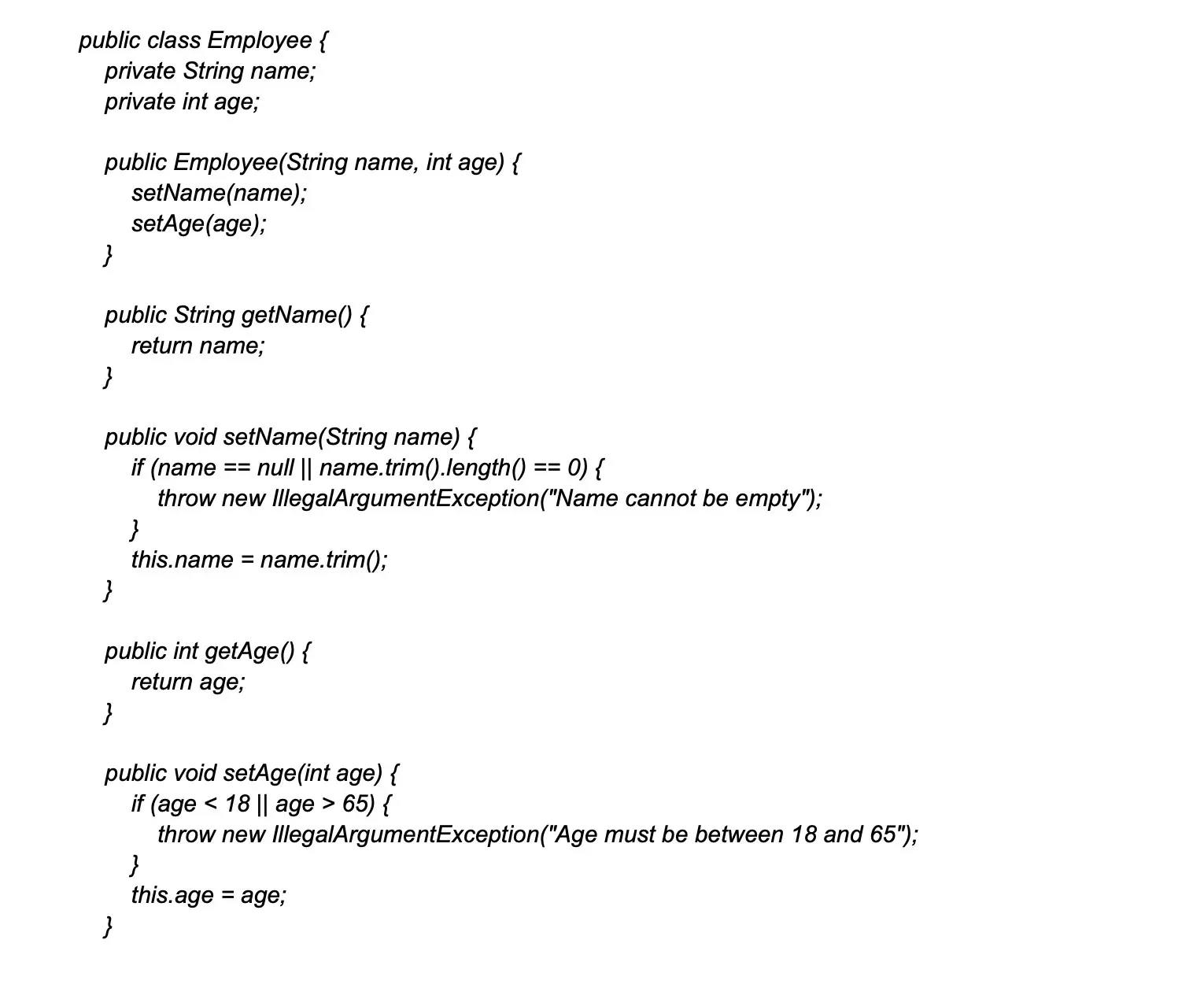
3. What is a web server?
A web server is a computer that stores, processes, and delivers website content to browsers. When a user makes a request to the browser, it responds to the requests using HTTP and other protocols.
A web server is a combination of hardware and software. The hardware allows the exchange of data to the devices that make a request, while the software controls how the user can access the stored files.
4. What is the difference between a static and dynamic website?
A static website is built using HTML, CSS, and JavaScript, and its content does not change every time you access it. When a user requests a page from the server, the server simply sends the HTML files to the user's browser, which displays the content to the user. Examples of static websites include personal blogs, brochure websites, and small business websites.
On the other hand, dynamic websites are built using server-side programming languages such as Python, Java, PHP, Ruby, or others and often use databases to store and retrieve information.
When a user requests a page from a dynamic website, the server runs the necessary code to generate the content for that page and sends it to the user's browser. This allows dynamic websites to display dynamic content to users. Dynamic websites include stock broker websites, social media platforms, content management systems, etc.
5. How do you ensure code quality and maintainability in your projects?
You need to follow these steps to ensure code quality and maintainability:
- Use consistent coding standards and style guides across the project
- Enforce strict linting and code formatting using tools like ESLint or Prettier
- Implement unit testing and integration testing with automated testing frameworks
- Use code review processes to identify and fix issues
- Utilize Continuous Integration and Continuous Deployment (CI/CD) pipelines to maintain quality throughout the development lifecycle
- Follow best practices, like SOLID principles and design patterns, for better code organization and reusability
6. What are the latest full-stack development trends?
- Low-code and no-code development
- Artificial intelligence & machine learning
- Blockchain technology
- Progressive web application
- Augmented Reality (AR) and Virtual Reality (VR)
7. How do you select the tools and technologies for a project?
By asking this question, recruiters want to know what you consider before choosing the tech stacks while planning a project. Include the following points when you answer this question.
- Analyzing the project requirements and keeping compatibility requirements in mind.
- Choosing the languages and frameworks that can provide the best solutions.
- Research technologies used for similar projects.
- Evaluate the price for any paid tools you may need for the project and if it fits the budget.
8. Why is RESTful API a popular choice in web development?
RESTful API is a popular choice in web development due to its several beneficial features and design principles that enhance the efficiency and maintainability of web services. Some of these features include Stateless, Scalable and performant, Cacheable, among others.
RESTful API is designed to be stateless, meaning each request sent from the client to the server must contain all necessary information for the server to process it. This prevents the server from having to maintain client state between requests, which simplifies the server's architecture and enhances scalability.
The stateless nature of RESTful API allows for better load balancing, horizontal scaling, and improved performance, as servers can more easily distribute the workload without the need to coordinate client states.
9. Can you explain the MVC design pattern?
The Model-View-Controller (MVC) design pattern is a widely used software architecture pattern in web development. It helps you turn complex software development into three separate components.
Model: This component represents the data and business logic of the application. It is responsible for managing the data, performing calculations, and responding to requests from the controller.
View: This component is responsible for the user interface of the application. It displays the data from the model to the users and provides a platform to interact with the application.
Controller: It is responsible for handling both the Model and View. It manages the flow of the application, including data flow within the Model object and updating the View whenever data is changed.
10. Explain long polling.
Long polling is a method used for getting a stable server connection without using protocols such as WebSocket or Server-Side Events. In the conventional client-server model, this method is at the top. In Node.js, the same technique is called the next development model.
The functioning of this method includes the sending of requests from the client to the server, with the server responding till the connection with new and unique information opens. When the server responds, the client can submit a request to the server. The server returns a query when there is data available. The function takes place when the application of the client and the requests of the server end.
11. Which is the popular language used by full-stack developers?
Full-stack Developers need to be proficient in both frontend and backend development. So, a candidate should be well-versed in scripting languages like HTML, CSS, and JavaScript.
Besides that, they need to learn at least two or three backend programming languages from C++, C#, Java, Python, Ruby, PHP, etc. However, many businesses use Node.Js for their development projects, making JavaScript one of the most popular languages.
12. What is type coercion in JavaScript?
Type coercion in JavaScript is the automatic conversion of a value from one data type to another, typically while performing a specific operation or while comparing values. JavaScript attempts to convert one or both of the operands to a compatible type in order to complete the operation.
13. Talk about mock vs. stub.
Mocks and stubs are two common methods used for unit testing. You can choose one or both, depending on the testing goals. Here is a comparison of mock vs. stub.
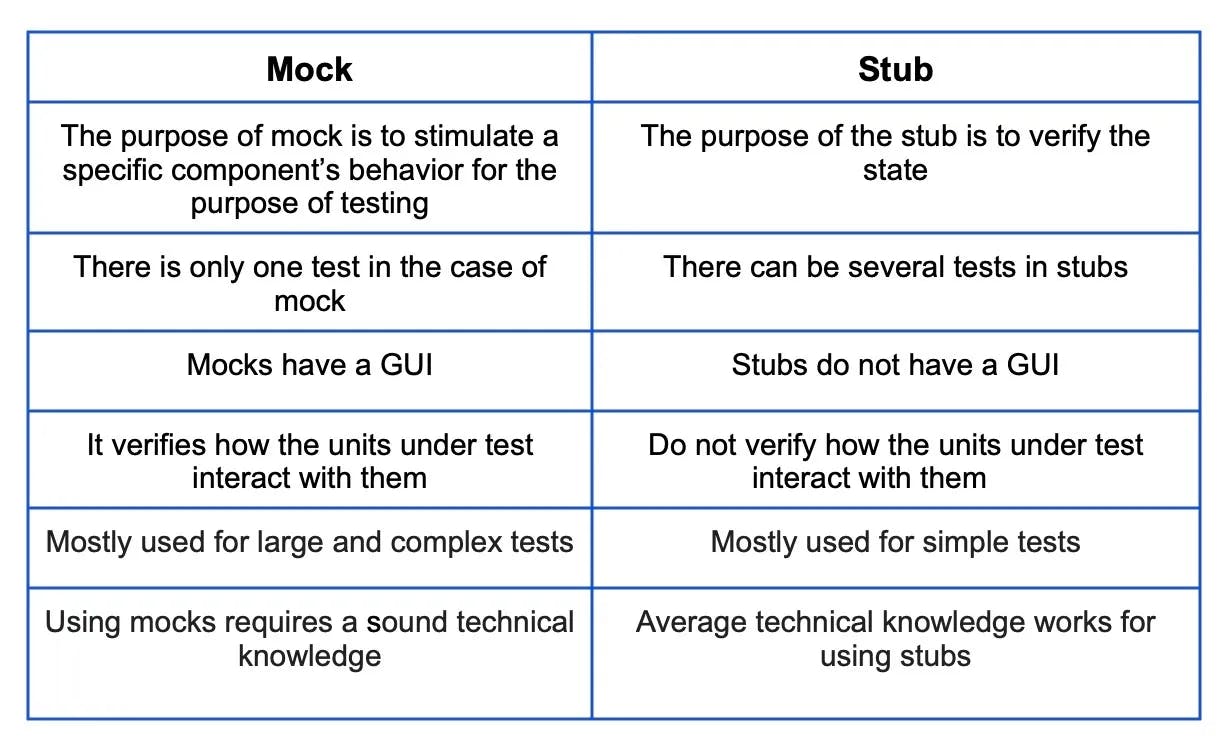
14. What are the duties of a full-stack programmer?
It is a common full-stack developer interview question. The recruiters may want to check your understanding of full-stack development and the job responsibilities of full-stack developers. Begin your answer by explaining full-stack development and then discuss their responsibilities.
- Designing and developing the user interface (UI)
- Creating the application's server-side code
- Integrating front-end and back-end components using APIs and other integration techniques.
- Testing the web application to ensure that it meets functional and performance requirements
- Troubleshooting issues and debugging code when problems arise
- Collaborating with cross-functional team members
- Staying up-to-date with new technologies and programming languages to ensure that web applications are developed using the latest best practices.
15. What are the advantages of using Python language?
Python is a high-level programming language with simple syntax making it easier for newbies.
The advantages of Python are:
- Easy implementation: Python is relatively easy to learn and write compared to other programming languages such as Java and C++.
- Extensive support libraries: It has Pandas for data analytics, NumPy for numerical calculations, etc.
- Free and open-source: Python is a free and open-source language with a large active community base.
- Dynamically typed language: We don't need to mention data type in Python; it automatically takes the data type.
- Vast libraries support: Python has rich and efficient libraries making it easier for developers.
- Interpreted language: Python is an interpreted language with line-by-line code execution, contributing to easier debugging and portability.
- Suitable for data analysis: It helps data scientists easily simplify complex numeric computing operations.
16. What are the advantages of using unit testing?
There are many advantages of unit tests in software development:
- It improves the code quality and makes the process agile.
- Refactoring code becomes easier through unit testing.
- It helps developers in creating better designs.
- Helps in finding software bugs earlier.
- Unit testing provides documentation of the system to developers working on the projects.
- Since unit testing helps remove bugs early, it helps reduce the cost of fixing bugs.
17. How do you ensure data security in your applications?
Data security is important to protect sensitive information, maintain trust, comply with regulations, and avoid financial losses. You can take several measures to ensure data security while developing applications.
Use secure coding practices: Develop applications using secure coding practices, such as input validation, access controls, and handling errors.
Encrypt data in transit and at rest: Use encryption to protect data during transmission and when stored in databases. This can help protect against data breaches and unauthorized access.
Implement strong authentication: Use robust authentication techniques to ensure only authorized users can access sensitive data.
Perform regular security testing: Conduct regular security testing, such as vulnerability assessments and penetration testing, to identify and address potential security risks before they can be exploited.
Follow industry best practices: Following industry best practices, such as instructions provided by the organization and adherence to govt regulations to ensure that your applications are secure, efficient, and sustainable.
18. What is the difference between unit testing and integration testing?
Unit testing is a software testing method where developers test individual components or modules. This type of testing is carried out during the development stage. Unit testing aims to identify errors in the smallest unit of code and fix them early in the development process.
On the contrary, integration testing involves testing multiple units or components together. The purpose of integration testing is to verify if the individual components function correctly when combined together.
Learn more about the key differences between unit testing and integration testing.
19. Can you explain the concept of microservices architecture?
Microservices architecture is a design pattern that involves building an application as a collection of small, loosely coupled, independently deployable services. Each service is focused on a specific business capability and can be developed, tested, and deployed independently. This pattern improves scalability, resilience, and enables faster development cycles, but comes with added complexity in areas such as coordination, service communication, and data synchronization among microservices.
20. What is the box model in CSS?
The box model in CSS is a fundamental concept that describes how elements are displayed on a webpage. It comprises four main components: content, padding, border, and margin.
The content area is the part of the element that holds the text or images. The padding is the space between the content and the border of the element. The border is the line around the padding, and the margin is the space between the border and the outside of the element.
Each of these parts contributes to the total size of the element. You must keep in mind when designing and laying out a webpage.
21. What is lazy loading in angular?
Lazy loading in Angular is a technique that helps you improve an app's performance and speed. This approach involves loading necessary components or modules rather than loading everything upfront.
Lazy loading is useful for larger applications with many modules and components since it allows you to break your application into smaller parts and load them on demand.
22. Which technologies and skills do you need to develop a project from scratch?
A senior full-stack developer must have the following skills to build a project from scratch.
Frontend technologies: It includes scripting languages like HTML, CSS, JavaScript, and libraries such as Angular, ReactJS, jQuery, etc.
Design skill: A good understanding of UX/UI design is important for a full-stack developer.
Backend programming languages: One needs to be familiar with programming languages, such as C++, C#, Java, Python, Ruby, PHP, etc.
Frameworks: Proficiency in frameworks, such as Spring Boot, Django, Ruby on Rails, etc., is essential.
Database technologies: A full-stack developer must be skilled in Database Management Systems (DBMS) like MySQL, Oracle, SQLite, MongoDB, etc.
Server: Sound knowledge of servers like Apache or NGINX comes in handy in administering servers.
23. What is the extract function in PHP?
The extract function is an inbuilt function in PHP. It is used to import variables into the local table from an array. The symbol table is a data structure that contains all available variables and their values.
It helps to access array values as individual variables instead of accessing them using the array syntax. However, we should use the extract function carefully, as it can lead to naming conflicts if used incorrectly.
24. How do we use the alt attribute on images?
We use the "alt" attribute on images to provide alternative information for an image in case the user can't see the image for some reason, such as a poor internet connection or an error in the src attribute. The alt text should describe the image for users to understand the context of the image.
25. Distinguish between Hashtable and HashMap.
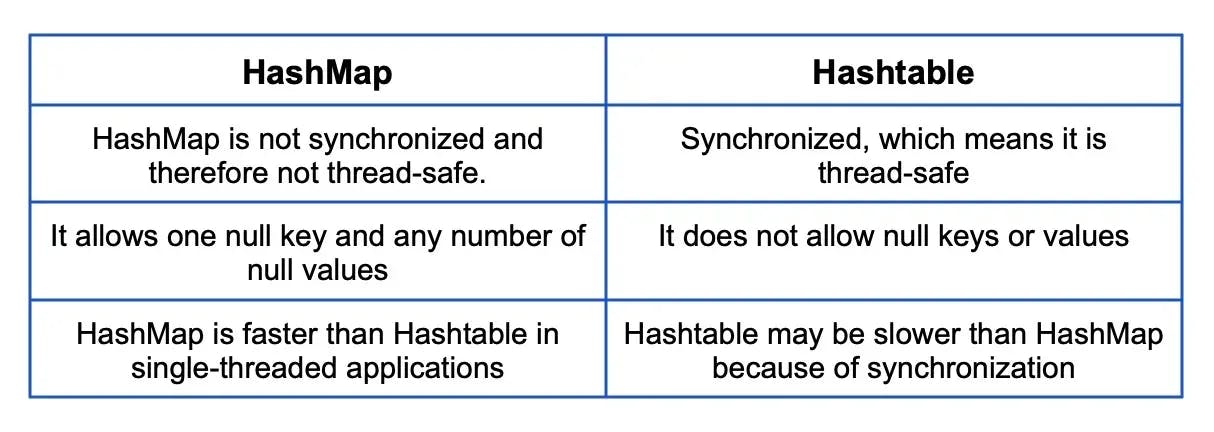
26. What is a Java Applet?
A Java applet is a small, executable program designed to be run in a web browser. We use applets to make the website and web applications more dynamic and interactive. Applets can be embedded into HTML pages using the APPLET or OBJECT tag and are executed in the Java Virtual Machine (JVM) installed on the user's computer.
27. What is "Scope" in AngularJS?
The scope in AngularJS is an object that binds the view (HTML) and the controller (JavaScript) together. It is a JavaScript object that contains application data and methods related to a specific part of the application. It acts as a context for evaluating expressions and enables the component to communicate with the rest of the application.
28. What is V8?
V8 is an open-source JavaScript engine developed by Google and based on C++. It implements the JavaScript language according to the ECMAScript specification and provides a runtime environment for executing JavaScript code. V8 engine is used in various applications, including the Google Chrome web browser and the Node.js runtime environment.
The most important feature of V8 is it is independent of the browser in which it runs. It enabled Node.Js developers to choose the V8 engine to execute JavaScript code on the server side, which led to the popularity of Node.Js.
29. What is WebP?
WebP is a modern image format developed by Google. It uses lossy and lossless compression techniques to provide smaller images for websites while maintaining a high-quality visual experience.
It significantly decreases the page loading time and improves user experience. WebP images are about 25-34% smaller than PNG or JPEG images.
30. What is "State" in React?
The "State" is a built-in React object that stores values that can change over time in response to user actions or other events. We can use it to store and manage dynamic values that affect the behavior of a component.
31. What is jQuery, and what are its features?
jQuery is a lightweight and fast JavaScript library created to simplify using JavaScript for web development. It allows us to save a lot of time by reducing the code.
It has the following features:
- HTML/DOM manipulation
- Cross-Browser Compatibility
- CSS manipulation
- HTML event methods,
- Effects and animations
- AJAX Support
- Plugins
32. What is namespace in C#?
Namespace is a keyword used to declare a scope that holds a set of related classes and types and provides a way to organize code into logical groups. It also gives unique class names, allowing you to assign the same class name in different namespaces.
33. What is hoisting in JavaScript?
Hoisting is a JavaScript feature to move the declarations of a variable, function, or class at the top of their scope before code execution. It allows us to use a variable or function even before declaring it. However, we should remember that this JavaScript feature applies to declarations only and not initializations.
34. What is backtracking, and why do we use it?
Backtracking is an algorithmic strategy for solving problems. It uses recursive calling to find a solution by increasing values with time. Backtracking is also considered an upgrade to the brute force approach. We can write algorithms using this technique.
We apply a backtracking algorithm for some specific problem types.
Decision problem: We use this type to find a feasible solution to the problem.
Optimization problem: We use this to find the best solution for a problem.
Enumeration problem: We try to find all feasible solutions to the problem.
35. What is double brace initialization, and what are its advantages?
Double Brace initialization is a way of initializing an anonymous inner class in Java. The first braces create an anonymous inner class, whereas the second braces act as instance initializers.
Advantages of Double Brace Initialization
- This process requires fewer lines of code than other initialization methods
- The code is more readable
- We can create and initialize code in the same expression
36. What is the difference between the “SendRedirect” and the “Forward” method in Java?
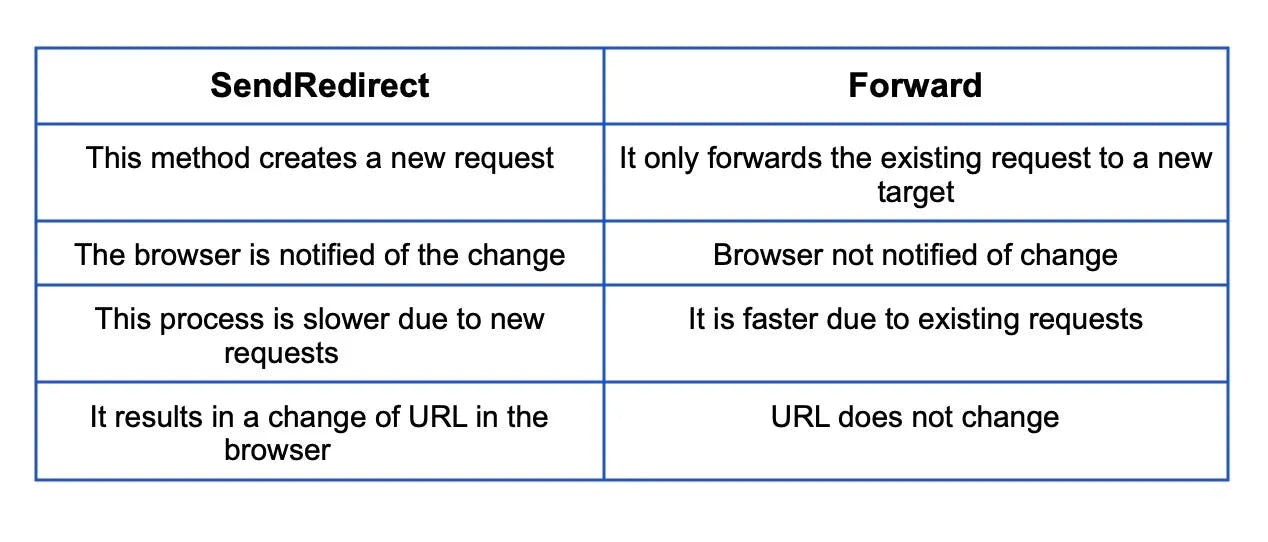
37. What is a JavaScript Promise, and what are its different states?
A JavaScript promise is an object that represents the eventual completion (or failure) of an asynchronous operation. Promises make managing multiple async operations easier and handling errors better than callbacks or events. A Promise object can be in three states: pending, fulfilled, or rejected.
- Pending: Initial state, neither completed nor rejected
- Fulfilled: The operation is completed successfully
- Rejected: The operation has failed
38. What is a Request Dispatcher?
A Request Dispatcher is an interface in Java Servlets used to forward a client request to a resource or include the output of another resource in the response. It helps to divide a web application into small modular components, making it easier to maintain.
39. What are the applications of Python?
Python is a general-purpose language with a wide range of applications. It has many frameworks and libraries that allow us to develop a wide range of applications. Here are some of the major applications of Python.
Python is a general-purpose language with a wide range of applications. It has many frameworks and libraries that allow us to develop a wide range of applications. Here are some of the major applications of Python.
- Web development (Django, Flask, Pyramid)
- Data analysis and numeric computing (NumPy, Pandas, SciPy)
- Machine Learning and Artificial Intelligence (TensorFlow, Keras, PyTorch, and SciPy)
- Network programming (Scapy and Twisted)
- Automation and system administration (Ansible, Fabric)
- Game development (Pygame)
- Graphical user interface applications (PyQt, wxPython)
40. What are the differences between static and volatile variables in Java?
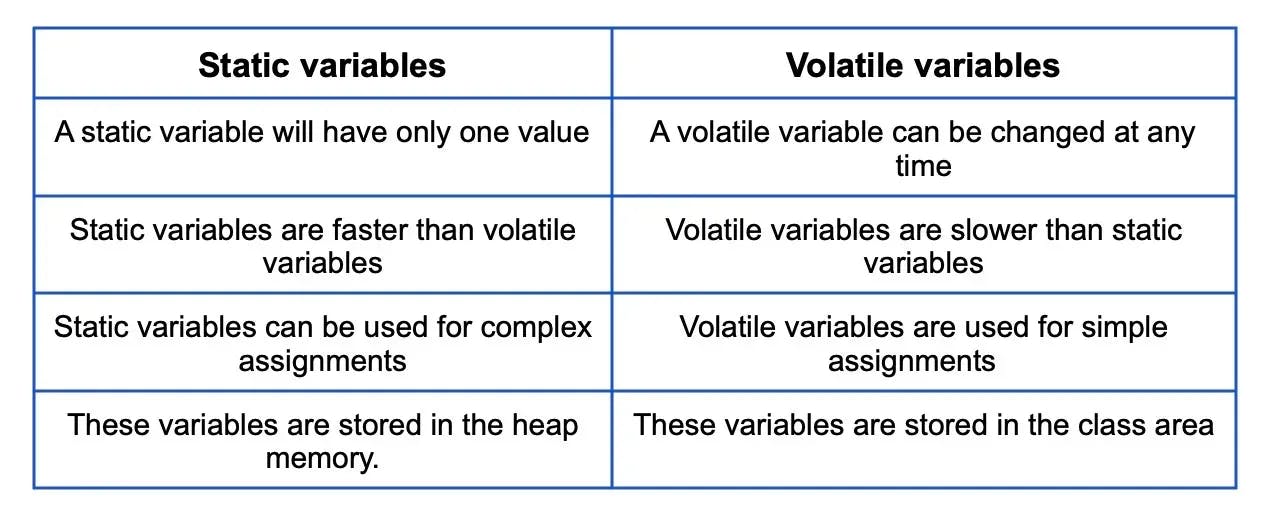
41. What is the difference between MVC (Model View Controller) and MVP (Model View Presenter)?
The MVC pattern suggests splitting the code into three components. When developers create a class or file, they should categorize it into one of the three layers: Model, View, and Controller. On the other hand, the MVP pattern is an advanced iteration of software architecture. It is composed of three components: Model, View, and Presenter.
In the MVC pattern, the controller falls between the view and model layers, but in the case of the MVP pattern, an interface works as a communicator between View-Presenter and Presenter-Model.
The support for unit testing is limited in the MVC pattern, whereas unit testing is highly supported in the MVP pattern.
42. What do you mean by MEAN Stack?
MEAN is a new tech stack that stands for MongoDB, Express.JS, Angular.JS, and Node.Js. It is a JavaScript-based stack used to develop cloud-ready applications. It is a complete solution for building the front and back end of dynamic websites and applications using one technology stack. This stack has gained popularity because it is very user-friendly and open-source.
Wrapping up
The above senior full-stack interview questions include basic, intermediate and advanced questions for both candidates and hiring managers. The above content is tailor-made to help both interviewers and interviewees for their interview round. Full-stack developers looking for a job in Silicon Valley companies can benefit greatly. Besides, you can take the Turing test and match your skills to work with the top US companies.
As mentioned, tech recruiters can use these full-stack interview questions to evaluate candidates' technical skills and ensure they are the right fit for the job. However, interviewing hundreds of applicants is a challenging and time-consuming task. Turing can help you hire highly talented full-stack developers from across the globe. Join the list of 400+ companies who hire developers through Turing in just 4 days.
Hire Silicon Valley-caliber Full Stack developers at half the cost
Turing helps companies match with top quality remote JavaScript developers from across the world in a matter of days. Scale your engineering team with pre-vetted JavaScript developers at the push of a buttton.
Tired of interviewing candidates to find the best developers?
Hire top vetted developers within 4 days.
Leading enterprises, startups, and more have trusted Turing

Check out more interview questions
Hire remote developers
Tell us the skills you need and we'll find the best developer for you in days, not weeks.

